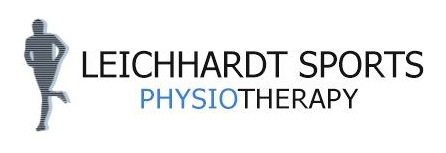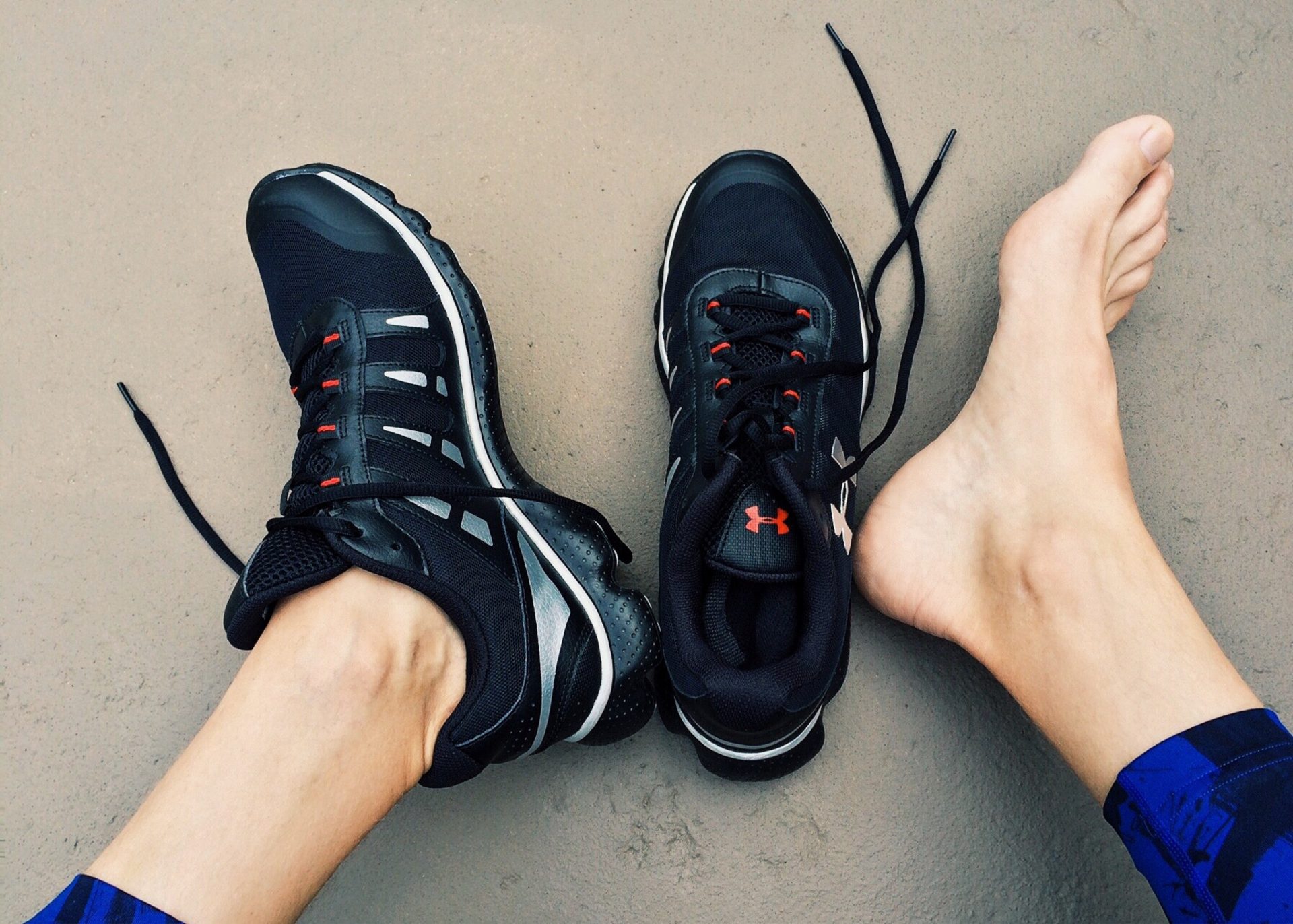Understanding Achilles tendinopathy: causes, symptoms, and treatment
Do you have pain in the tendon at the back of your ankle?
It could be Achilles tendinopathy, and can be both debilitating and frustrating for those who experience it.
Whether you’re an athlete, a weekend warrior, or someone who enjoys a brisk walk, understanding this condition is crucial for prevention, early detection, and effective treatment.
What is Achilles tendinopathy?
The Achilles tendon is the largest and strongest tendon in the body, connecting the calf muscles (gastrocnemius and soleus) to the heel bone (calcaneus).
It plays a vital role in walking, running, and jumping.
Achilles tendinopathy is a blanket term for a group of conditions that cause pain, swelling, and stiffness in the Achilles tendon.
These conditions can either be more acute (less than 3 months) and have associated inflammation (tendinitis), or a chronic (longer than 3 months) condition called tendinosis, this is a degeneration of the tendon fibres.
An untreated tendinitis can lead to tendinosis.
In all tendinopathic conditions, there can be pain and stiffness, usually after waking up or sitting for a while.
Swelling and stiffness may occur as inflamed tendons will not benefit from further sitting.
This is due to the cells in the tendon being in disarray.
Imagine a broom, all the bristles are parallel, if you push the broom into the ground, the bristles will bunch and cross over.
This is similar to what occurs in the tendon.
Causes of Achilles tendinopathy
Several factors contribute to the development of Achilles tendinopathy:
- Overuse and overtraining: Continuous stress on the tendon without adequate rest or recovery periods can lead to inflammation, micro-tears, or degeneration. This is usually due to a sudden increase in activity.
- Poor footwear and biomechanics: Improper footwear, sudden changes in physical activity, or biomechanical issues such as flat feet or high arches can strain the Achilles tendon.
- Age and activity level: As we age, tendons become less flexible and more prone to injury. Middle-aged athletes are particularly susceptible.
- Training errors: Rapidly increasing the intensity, duration, or frequency of exercise without proper conditioning can stress the tendon beyond its capacity to heal.
Treatment options
Early intervention is crucial to prevent the worsening of Achilles tendinopathy.
Treatment strategies may include:
- Rest and activity modification: Avoid activities that aggravate the tendon and allow sufficient time for rest and recovery.
- Ice and elevation: Applying ice to the affected area and elevating the leg can help reduce pain and inflammation.
- Physical therapy: A tailored exercise program focusing strengthening the calf muscles and Achilles tendon can promote healing and prevent recurrence.
- Footwear and orthotics: Ensuring proper footwear and, if necessary, using orthotic inserts to correct biomechanical issues can alleviate strain on the tendon.
- Medications: Nonsteroidal anti-inflammatory drugs (NSAIDs) such as Nurofen or corticosteroid injections may be prescribed to reduce pain and inflammation in severe cases.
- Shockwave therapy or surgery: In rare cases where conservative treatments fail, shockwave therapy or surgical intervention may be considered.
Achilles tendinopathy can affect anyone, from athletes to everyday individuals.
By understanding its causes, recognising its symptoms early on, and seeking appropriate treatment, you can effectively manage this condition and reduce its impact on your daily life.
Remember, listening to your body, practicing good preventive measures, and seeking professional guidance when needed are key to staying active and healthy.
If you suspect Achilles tendinopathy, don’t hesitate to consult us at Leichhardt Sports Physiotherapy.
Stay informed, stay active, and take care of your Achilles tendon – it’s a crucial component of your mobility and wellbeing!


